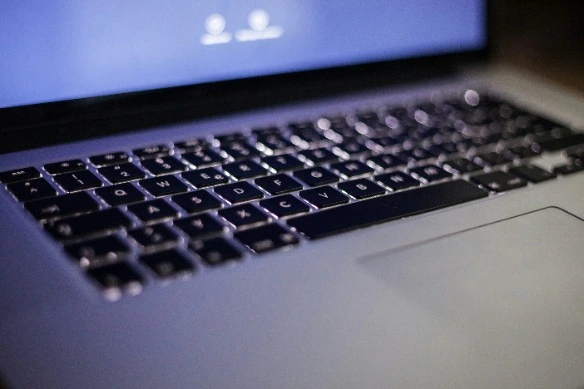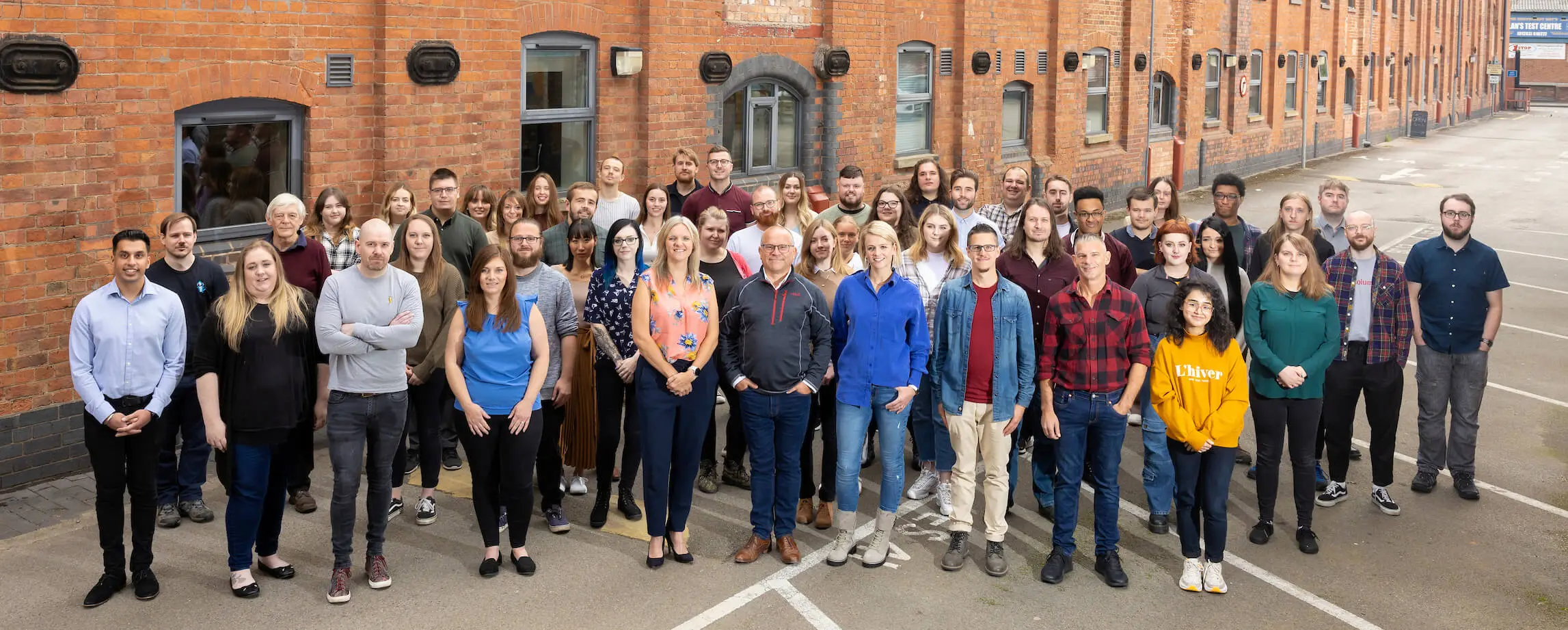
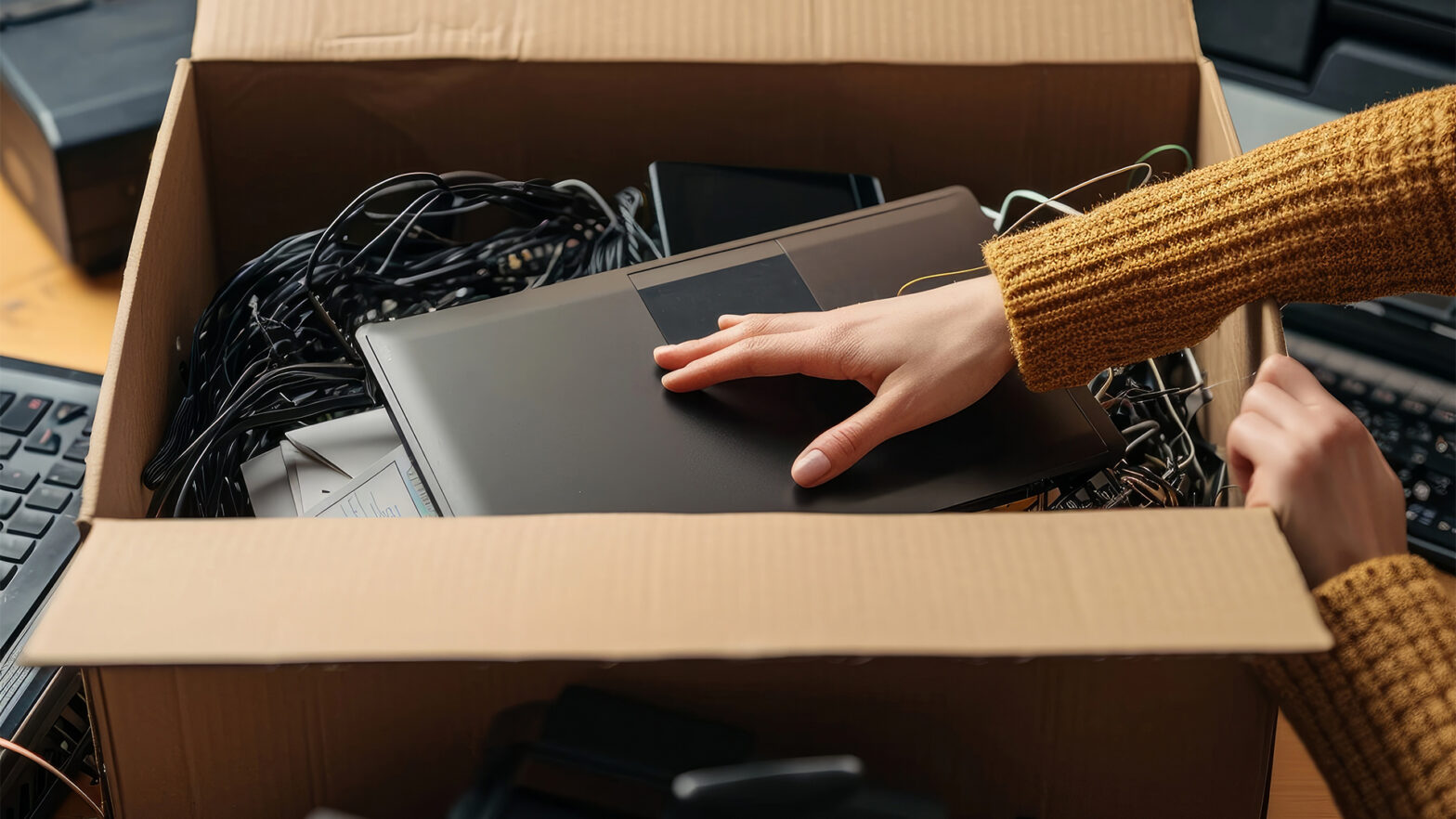
IRS and Fortune 500 Companies Struggle with Outdated Tech as Experts Warn of Hidden Costs
Key Points:
- Over 70% of software used by Fortune 500 companies was developed 20 or more years ago, as IRS faces criticism for closing its Technology Retirement Office
- Outdated tech costs businesses through lost productivity, forgone profits, higher maintenance costs, security breaches, employee dissatisfaction, and customer disappointment
- Expert suggests strategies for modernization, including cloud migration, code refinement, and system rebuilds
The U.S. Internal Revenue Service (IRS) has recently come under scrutiny for its struggle to manage outdated IT systems, highlighting a widespread issue plaguing businesses across America – the hidden financial drain of obsolete technology. This problem extends far beyond just the IRS, with a report from Dell revealing that over 70% of software used by Fortune 500 companies was developed 20 or more years ago.
Mukesh Choudhary, Co-founder and CTO of Finoit, a leading software development company, leverages his tech expertise to explain how clinging to outdated technologies can cripple businesses across all sectors.
“The prevalence of legacy systems in both government agencies and major corporations is alarming,” says Choudhary. “While the initial investment in new systems may seem daunting, the cost of inaction is far greater. According to a recent survey, businesses are spending an average of nearly $3 million annually just to maintain and update their outdated systems. This doesn’t even account for the lost productivity and missed opportunities for innovation. The financial impact of clinging to obsolete technology is staggering.”
The Snaplogic report Choudhary refers to surveyed 750 IT leaders across the US, UK, and Germany. It revealed that 65% of businesses are investing over $2 million annually in legacy system maintenance, double the figure from five years ago. The study also found that 96% of organisations rely on some form of legacy technology, with 75% of IT professionals spending 5-25 hours weekly on maintenance.
Choudhary outlines specific ways in which an outdated tech stack affects businesses, from decreased productivity to increased security risks.
The Cost of Outdated Technology in the Office
While investing in the latest technology might look like one considerable number, more significant numbers in forgone profits and losses are lurking around your office and draining money. Here’s how:
- Lost Productivity
Studies show innovation can boost ROI by up to 69%. Imagine the wasted time spent on manual tasks instead of leveraging automation.
Plus, employees waiting for sluggish computers to load or wrestling with clunky software-related delays eat into valuable work time.
- Forgone Profits
Replacing old software can slash operating costs by around 13%.
It increases day-to-day operational efficiency and can unlock new possibilities for businesses, from automating tasks to improving customer experiences. Missing out on these advancements and falling could mean falling behind the competition
- Higher Maintenance Costs
Outdated hardware and software are expensive to maintain; replacing them can slash operating costs by almost 13.6%.
Choudhary explains, “Trained technicians cost more, and parts for older systems might be impossible to find. Repairs become replacements, and that leads to unplanned expenses.”
Additionally, outdated hardware and software are often less energy-efficient, leading to higher electricity bills.
- Security Breaches
Outdated systems are hacker magnets. 65% of businesses with outdated tech suffered a data breach, compared to 29% with modern systems. Breaches are expensive, costing 47% more for outdated tech users.
- Employee Dissatisfaction
77% of workers are frustrated with their work tech, and 62% feel lousy software hinders their potential. These are two of the factors leading to disgruntled employees, which, in turn, reportedly cost the U.S. economy $1.9 trillion annually.
Nearly two-thirds would even take a pay cut for better tools. Disgruntled employees are unlikely to go the extra mile.
- Customer Disappointment
“Imagine a clunky, outdated website. That’s what customers experience with your obsolete tech. Slow response times, errors, and limited functionality can frustrate them and damage your reputation,” says Choudhary.
- No Support
According to Choudhary, superseded technology often comes with no support. Expect no updates, troubleshooting, or one to answer your questions. You’re on your own.
How to Move on To New Improved Systems
“Modern tech is an investment, not a cost,” emphasises Choudhary. It empowers your business, boosts productivity, improves security, and makes employees and customers happy. Choudhary suggests the following ways companies can enter the realm of modern technology.
- Lift & Shift: Move existing software (like to the cloud) for a quick performance boost.
- Codebase Tweak: Refine your code for more accessible updates without changing core features.
- System Rebuild: Restructure your system’s core for better handling high traffic.
- Containerize It: Package your old applications for simpler management and lower costs.
- Complete Overhaul (Reengineer): This is a significant overhaul. It involves rewriting software from scratch for maximum efficiency. While it requires a considerable investment, it can lead to a complete transformation of your business operations.
- Replace Employee Systems: Replacing an outdated 2015 macbook with a more recent model could make all the difference for employee satisfaction, productivity and performance.
Mukesh Choudhary, CTO of Finoit, commented:
“While the financial impact of legacy systems is clear, what’s often overlooked is the opportunity cost. Every dollar and hour spent maintaining outdated tech is a resource not invested in innovation. With today’s rapidly evolving tech environment, this technological inertia can be the difference between market leadership and obsolescence.
“Companies need to view tech modernization as more than just a cost-saving measure, but as a strategic imperative for future-proofing their business. The real question isn’t whether you can afford to upgrade, but whether you can afford not to.”
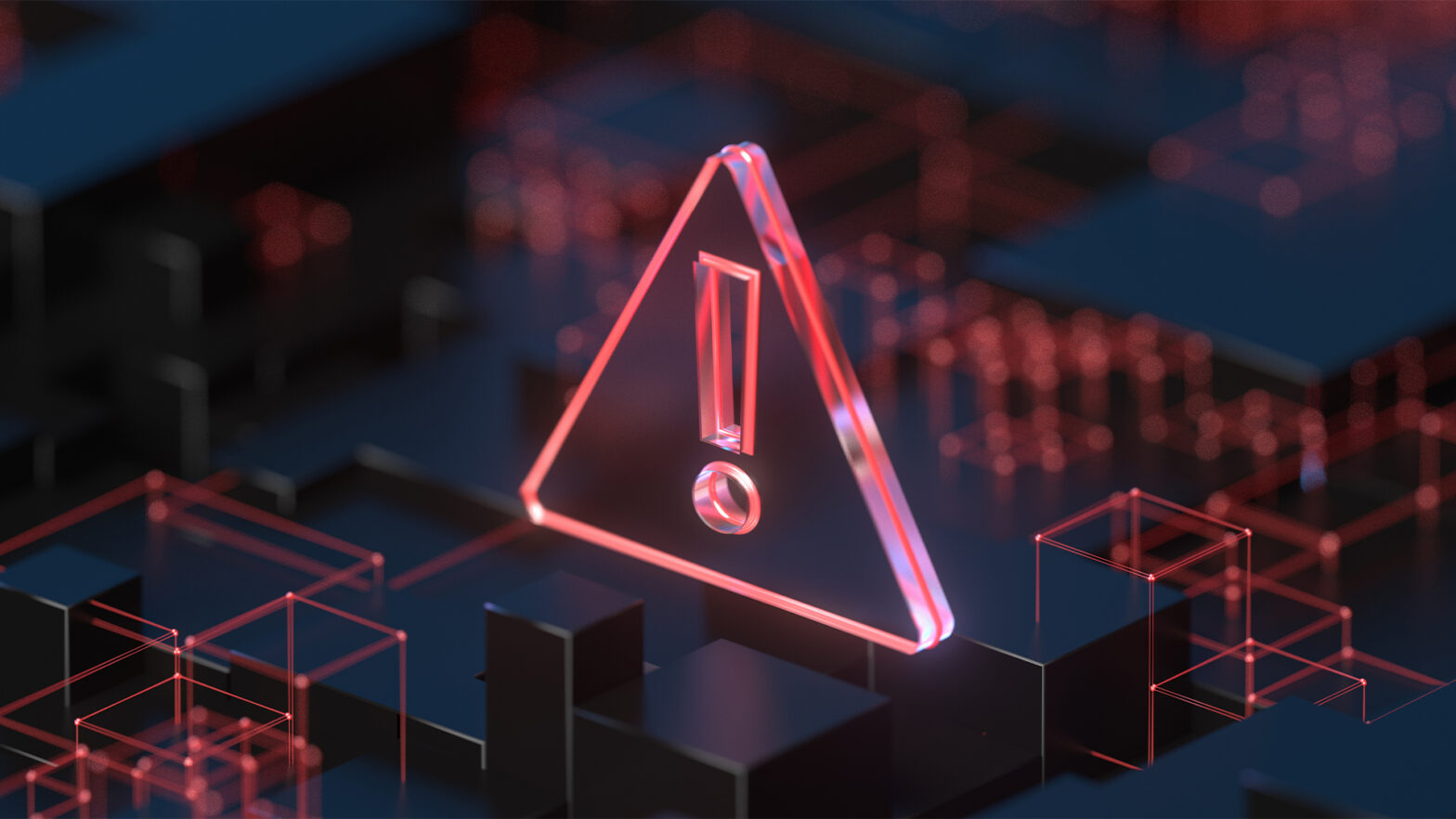
Technology
25 March 2025
Ransomware-As-A-Service Variants on the Rise With Critical Infrastructure Providers at the Greatest Risk

Business Advice
25 March 2025
Claims Processing Automation: How Insurers Can Cut Costs and Improve CX
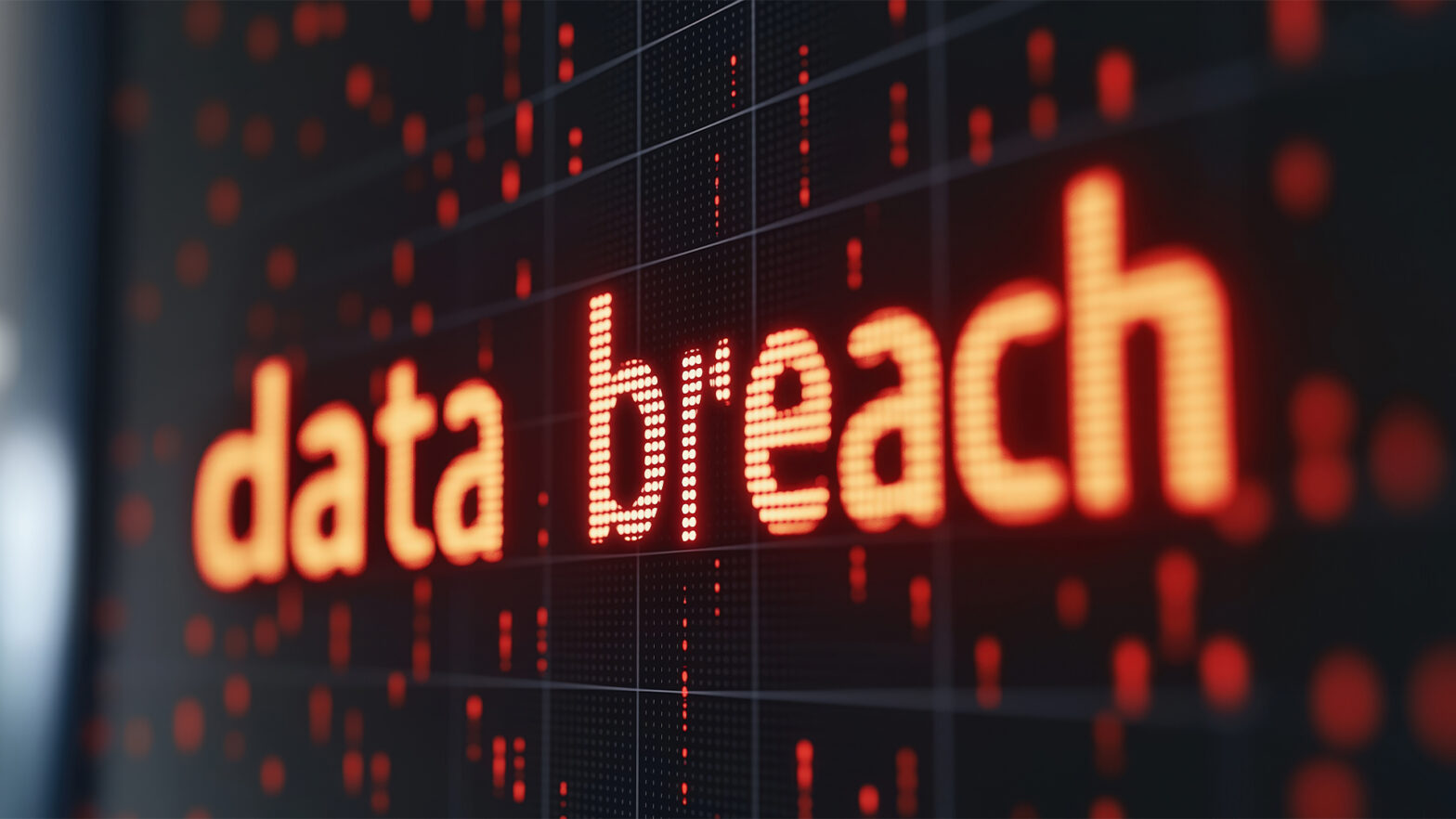
Technology
18 March 2025
Secret Signs Your Internet Security Has Been Compromised


